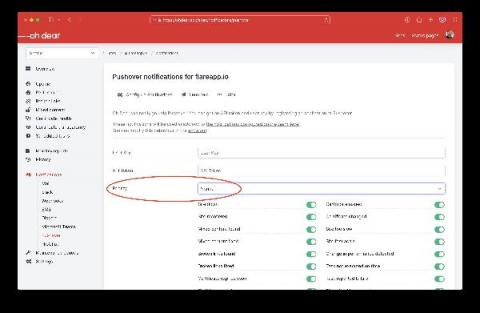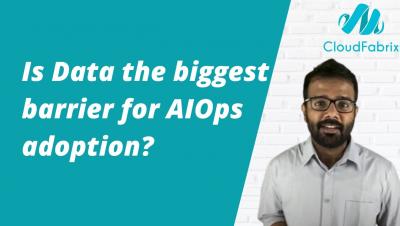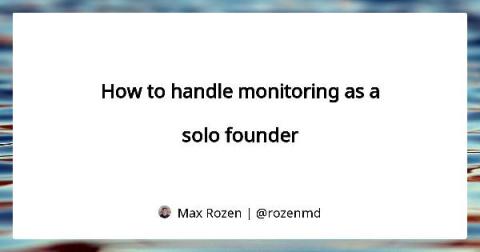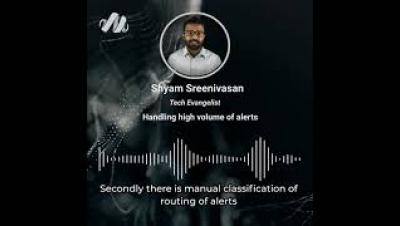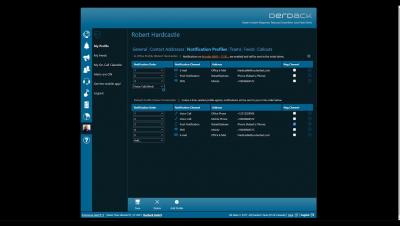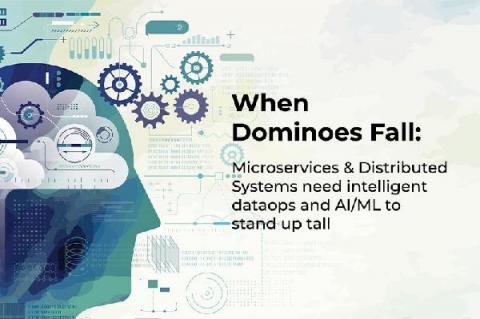We now support Pushover's priority messages
When we detect something wrong with your site (it is down, a broken link is detected, the certificate is invalid, ...), we can notify you via one of the many notification channels we support. One of those channels is Pushover, an excellent service to send native notifications to mobile devices. We have supported Pushover since we launched a couple of years ago. Now, we've added a nice option that several of our users we're asking for: setting the priority.


